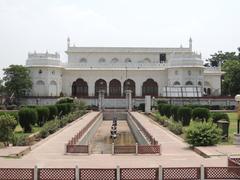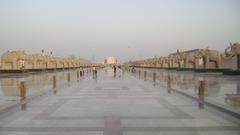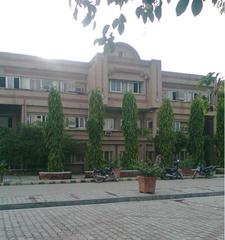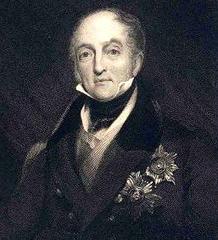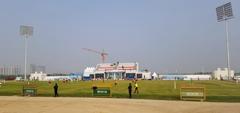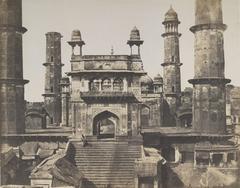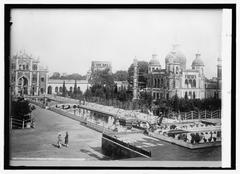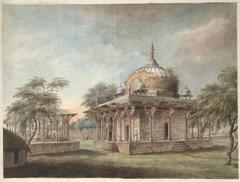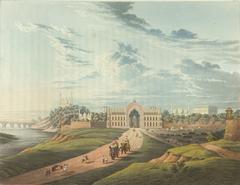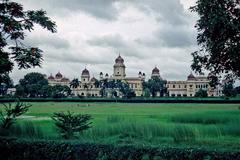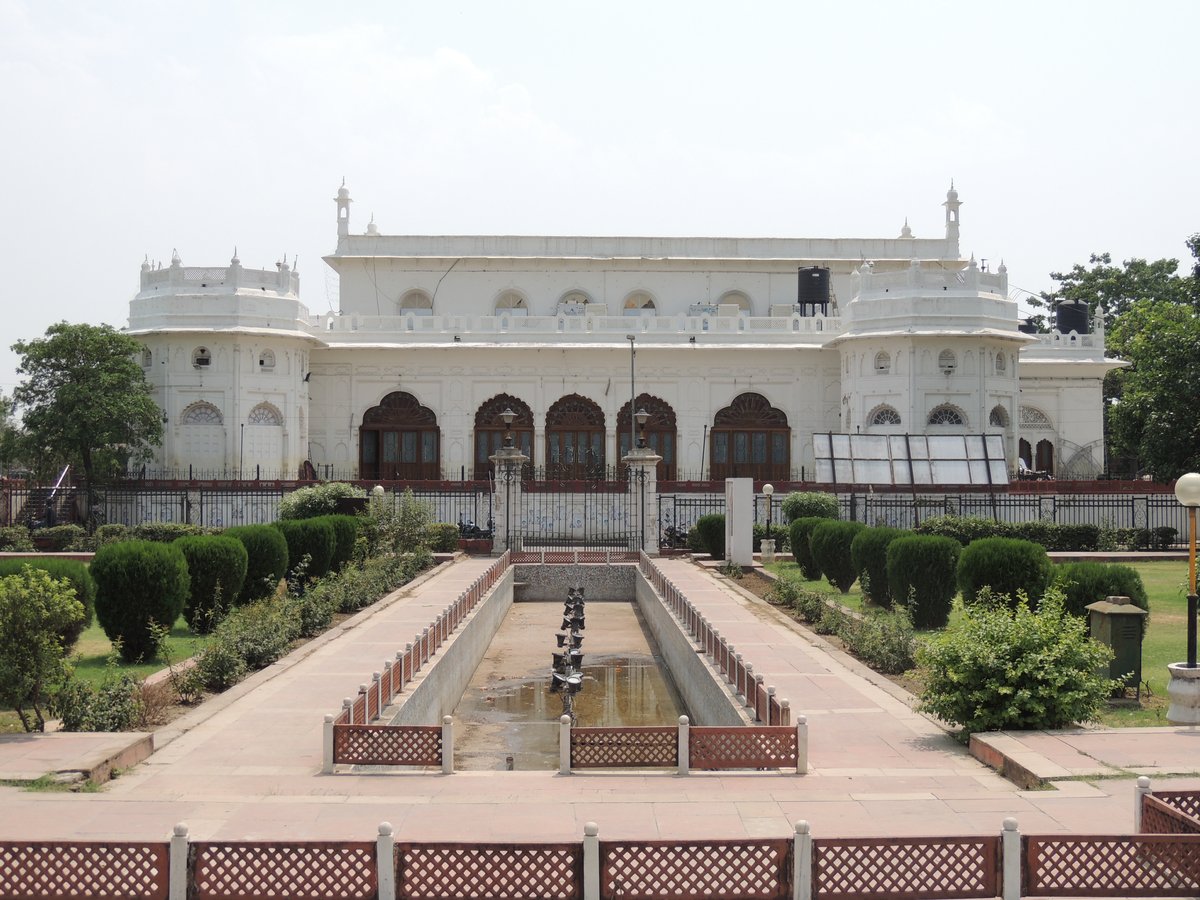
Visiting Hours, Tickets, and Guide to Safed Baradari in Lucknow
Date: 19/07/2024
Introduction
Safed Baradari, also known as the White Pavilion, is one of the most iconic historical sites in Lucknow, Uttar Pradesh, India. This majestic structure, commissioned by Nawab Wajid Ali Shah in the mid-19th century, stands as a testament to the rich cultural and architectural legacy of the Nawabi era. The monument’s pristine white marble façade and its twelve-door design, allowing ample light and ventilation, reflect the grandeur and opulence characteristic of Mughal architecture (Cultural India). Originally intended as a palace of mourning (Imambara) for the Nawab to grieve for his beloved wife, Begum Hazrat Mahal, Safed Baradari has witnessed significant historical events, including its strategic use during the First War of Independence in 1857 (Lucknow Tourism). Over the years, the monument has evolved to serve various administrative and cultural functions, making it a focal point for public gatherings, weddings, and exhibitions in contemporary times. This comprehensive guide aims to provide visitors with essential information, including historical insights, visiting hours, ticket prices, and travel tips to enhance their experience at this magnificent heritage site.
Table of Contents
History of Safed Baradari, Lucknow
Origins and Construction
Safed Baradari, also known as the White Pavilion, is a historical monument located in the heart of Lucknow, Uttar Pradesh, India. The structure was commissioned by Nawab Wajid Ali Shah, the last Nawab of Awadh, in the mid-19th century. Constructed in 1854, the Baradari was originally intended to serve as a palace of mourning, known as an ‘Imambara,’ where the Nawab could mourn the death of his beloved wife, Begum Hazrat Mahal (Lucknow Tourism).
Architectural Significance
The Safed Baradari is a stunning example of Mughal architecture, characterized by its pristine white marble façade. The term ‘Baradari’ translates to ‘twelve doors,’ indicative of the structure’s design, which features twelve doorways that allow for ample ventilation and light. The building’s symmetrical design and intricate carvings are reflective of the architectural grandeur of the Nawabi era. The use of white marble not only adds to its aesthetic appeal but also symbolizes purity and solemnity, aligning with its original purpose as a mourning palace (Cultural India).
Historical Events
The Uprising of 1857
The Safed Baradari holds a significant place in the history of India’s First War of Independence in 1857. During the uprising, the structure served as a strategic location for the British forces. It was used as a makeshift hospital and a refuge for British women and children during the Siege of Lucknow. The Baradari’s robust construction and strategic location made it an ideal stronghold during the tumultuous period (British Library).
Post-Independence Era
After India gained independence in 1947, the Safed Baradari underwent several transformations. It was repurposed for various administrative functions and public events. In the late 20th century, the monument was restored to preserve its historical and architectural integrity. Today, it serves as a venue for cultural events, exhibitions, and public gatherings, continuing to be a focal point of Lucknow’s rich cultural heritage (Archaeological Survey of India).
Cultural and Social Impact
Nawabi Culture
The Safed Baradari is a testament to the opulence and cultural richness of the Nawabi era. The Nawabs of Awadh were known for their patronage of arts, music, and literature. The Baradari often hosted ‘Mushairas’ (poetry recitals) and ‘Mehfils’ (social gatherings), which were attended by poets, musicians, and scholars from across the region. These events played a crucial role in the cultural and intellectual life of Lucknow, fostering a vibrant community of artists and thinkers (Lucknow Society).
Modern-Day Relevance
In contemporary times, the Safed Baradari continues to be a symbol of Lucknow’s historical and cultural legacy. It is a popular venue for weddings, cultural festivals, and public events. The monument’s enduring appeal lies in its ability to bridge the past and the present, offering a glimpse into the grandeur of the Nawabi era while serving as a functional space for modern-day activities (Times of India).
Preservation Efforts
Restoration Projects
The preservation of Safed Baradari has been a priority for both governmental and non-governmental organizations. The Archaeological Survey of India (ASI) has undertaken several restoration projects to maintain the structural integrity and aesthetic beauty of the monument. These efforts include cleaning and repairing the marble façade, restoring the intricate carvings, and ensuring the stability of the structure (ASI).
Community Involvement
Local communities and heritage conservation groups have also played a significant role in the preservation of Safed Baradari. Initiatives such as heritage walks, educational programs, and public awareness campaigns have been instrumental in fostering a sense of ownership and pride among the residents of Lucknow. These efforts have not only contributed to the monument’s preservation but have also enhanced its role as a cultural and educational resource (INTACH).
Visitor Information
Visiting Hours and Tickets
Safed Baradari is open to visitors daily from 10:00 AM to 6:00 PM. The ticket prices are nominal, with a fee of INR 20 for Indian citizens and INR 100 for foreign tourists. Children below the age of 10 can enter for free. Tickets can be purchased at the entrance or booked online in advance.
Accessibility
Safed Baradari is easily accessible from various parts of Lucknow. It is located near the Kaiserbagh area, which is well-connected by public transportation, including buses and auto-rickshaws. The nearest railway station is Lucknow Charbagh, approximately 4 kilometers away, and the nearest airport is Chaudhary Charan Singh International Airport, about 14 kilometers from the monument (Google Maps).
Guided Tours
To enhance the visitor experience, guided tours are available, offering in-depth insights into the history, architecture, and cultural significance of Safed Baradari. These tours are conducted by knowledgeable guides who provide detailed narratives, making the visit both educational and engaging. Visitors are encouraged to book these tours in advance, especially during peak tourist seasons (TripAdvisor).
Visitor Tips
- Best Time to Visit: The ideal time to visit Safed Baradari is during the cooler months, from October to March, when the weather is pleasant.
- Dress Code: Given the monument’s historical and cultural significance, visitors are advised to dress modestly.
- Photography: Photography is allowed, but visitors should be respectful of the site’s sanctity and avoid using flash in certain areas.
- Local Cuisine: Visitors can explore the nearby Kaiserbagh area, which offers a variety of local delicacies, including the famous Lucknawi kebabs and biryanis (Zomato).
FAQ
- What are the visiting hours for Safed Baradari? Safed Baradari is open from 10:00 AM to 6:00 PM daily.
- How much are the tickets for Safed Baradari? Tickets are priced at INR 20 for Indian citizens and INR 100 for foreign tourists. Children below 10 years can enter for free.
- Are guided tours available? Yes, guided tours are available and can be booked in advance.
- What is the best time to visit Safed Baradari? The best time to visit is from October to March when the weather is cooler and more pleasant.
Conclusion
Safed Baradari stands as a symbol of Lucknow’s rich cultural heritage and historical legacy. Its origins as a palace of mourning, its role during the Uprising of 1857, and its transformation into a modern cultural venue underscore its significance across different eras. The monument’s architectural beauty, characterized by its white marble façade and symmetrical design, continues to captivate visitors, while its cultural relevance is preserved through ongoing events and exhibitions (British Library). Preservation efforts by organizations like the Archaeological Survey of India and community involvement have been crucial in maintaining its structural integrity and aesthetic appeal (ASI). For anyone keen on exploring the legacy of the Nawabs of Awadh, a visit to Safed Baradari offers an enriching experience, blending historical exploration with cultural immersion. To make the most of your visit, consider exploring guided tours, nearby attractions, and savoring the local cuisine. Stay updated on upcoming events and further information by downloading the Audiala mobile app or following us on social media.
